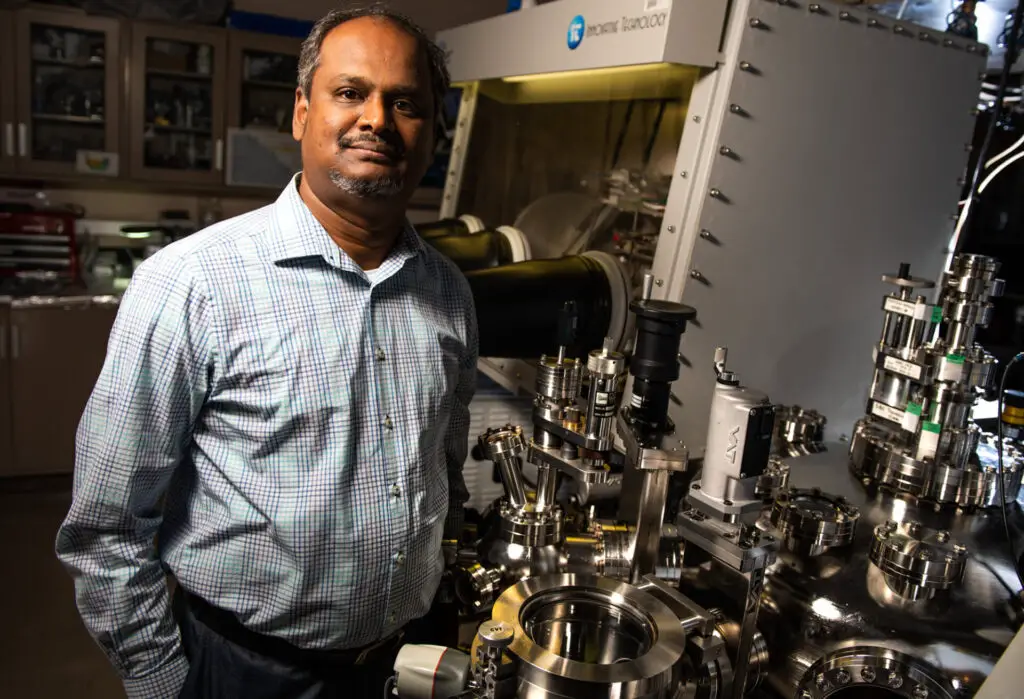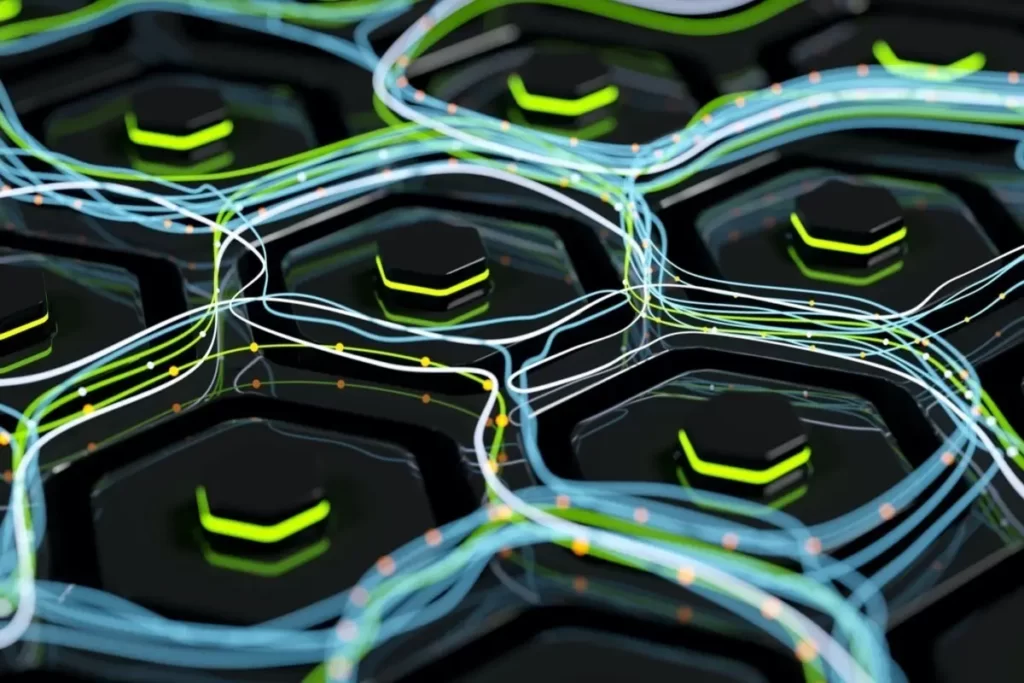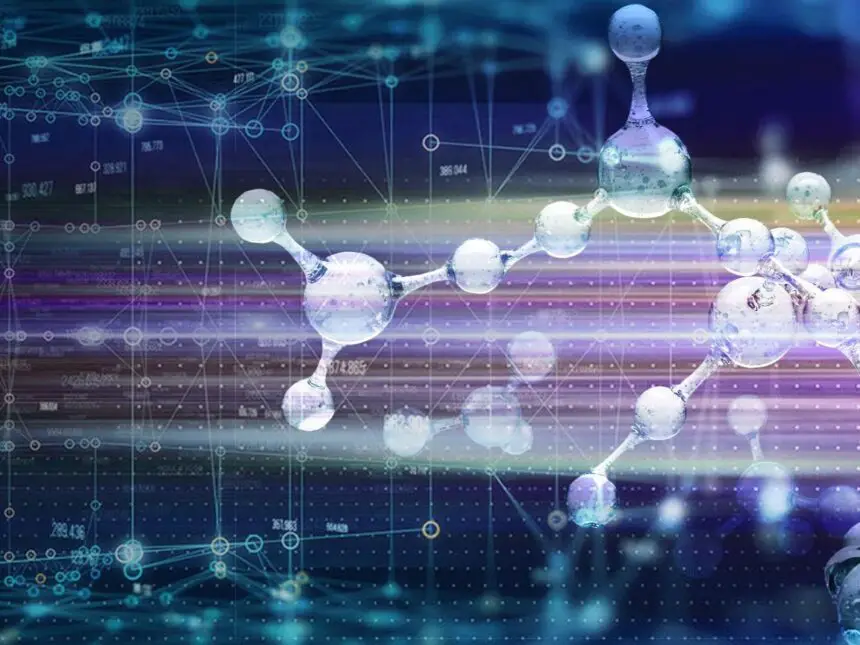Artificial Intelligence (AI) can do wonders right from steering cars autonomously to finding ways to do things efficiently and rapidly. Researchers at Microsoft and the Pacific Northwest National Laboratory (PNNL) recently joined forces to set out to do something exceptional. The researchers found a new material that could replace the lithium-ion batteries we rely on today.
AI finds new material to replace lithium
The researchers used AI and supercomputers to find a new material. A solid-state electrolyte, this material could end up replacing the lithium used in batteries right from remotes to EV cars and beyond. Being solid-state, it is potentially less likely to burst in flames which is something liquid-state lithium batteries are prone to today.
According to the researchers, they used Azure Quantum Elements (AQE) – a platform that uses AI and high-performance quantum computing, to mix and match elements from the periodic table keeping the chemistry and materials sciences of these elements in check.
AQE was able to find 32 million different candidates from which researchers were able to narrow down the list to 500,000 and then to 23 candidates before ending up with the best candidates all within 80 hours of crunching and heavy lifting using the AI.

The whole process right from discovering potential materials to building a working prototype to power a lightbulb, took nine months from end to end. Crunching 32 million materials would’ve easily taken decades in a traditional laboratory setting which goes on to show just how powerful AI and quantum computing can be in the real world.
The latest discovery, a solid-state electrolyte contains a composition of lithium and sodium as the primary component of the salt. There are still some challenges with the discovery and the solid state of electrolytes. However, other candidates could prove instrumental once their prototypes are tested.

AI at the helm
If you aren’t new to the technology world, you would’ve had AI everywhere. It is in your phone, your smartwatch, medical equipment, robotic devices, autonomous cars, and beyond.
Using AI to find possible combinations could help researchers find materials that could be life-saving. For instance, lithium mining is controversial because it takes years before the impact of lithium mining and processing can be seen, making it nothing less than a silent killer.
Finding new and stable materials could help us generate better results be it in terms of better insulation, battery efficiency, improved medical implants, stronger building materials, and the list goes on. Moreover, these new materials can help cut back on natural minerals and ores that are mined to reach the intended materials such as aluminum, gold, and copper, to name a few.
In a few years, researchers would be able to crunch 250 years’ worth of scientific discoveries in just 25 years thanks to the AI at the helm. No doubt we are hurtling towards the future where AI is irreplaceable.
